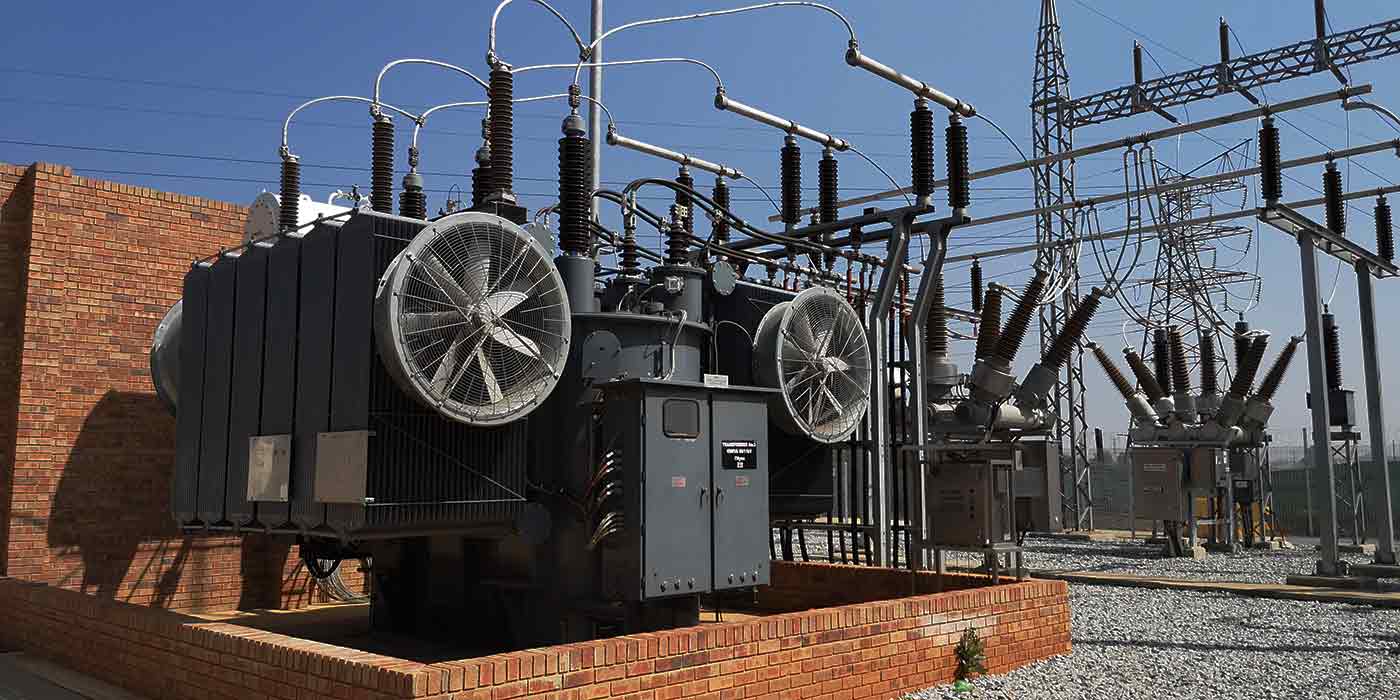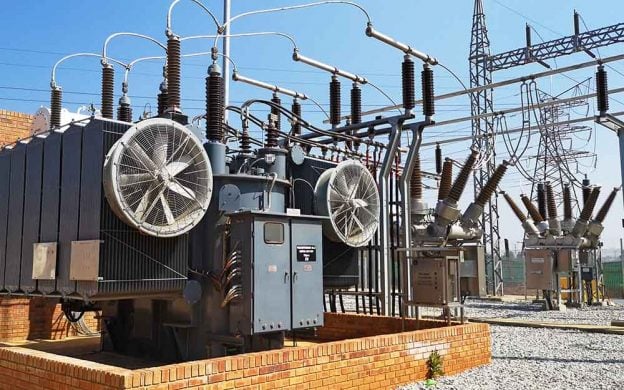Course Description
This course deals with the protection and control principles of high voltage stations. Starting with system faults and how they affect switchyard configuration and elements, simple “Differential Protection” is examined along with the maloperation due to CT saturation and mismatch.
High voltage circuit breakers are examined as to the various Types (Oil, Vacuum, Air Blast, SF6) and their closing, tripping, and anti-pumping controls.
The course will pay attention to the Reclosure Syncrocheck relay, as well as Breakers Failure Protection and Dynamic Monitoring Equipment. Transfer and remote tripping are discussed along with the need to provide immunity from ground rise potential and open-circuit situations.
Course Summary
- Introduction
- Overview of Stations
- Relaying in General
- Instrument Transformers
- Transformer Configurations Connections and Cooling
- Surge Protective Equipment
- High Voltage Circuit Breakers
- Breaker Control and Auto Reclosing
- Instantaneous and Timed Overcurrent Protection
- Differential Protection
- Impedance Relaying
- The Final Exam With 29 Questions
Who Is This Course For
Engineers, Technologists, Technicians, Supervisors, and Students.
Requirements
A solid background in electrical circuitry.
Downloadable course materials
After purchasing the course, students can download the following documents:
- Practical handbook for relay protection engineers (PDF)
- The basics of power system protection that every engineer should know about (PDF)
- Applying directional overcurrent relays in ground fault protection of transmission lines (PDF)
- Application of Modbus RTU, DNP3 and IEC 61850 in substation protection and automation (PDF)
- Lecture notes in power system protection (PDF)
- Earth fault protection functions for long cable feeders in compensated networks (PDF)
- Overcurrent protection study for power network (solving relay setting miss-coordination) (PDF)
Course Content
About Instructor



